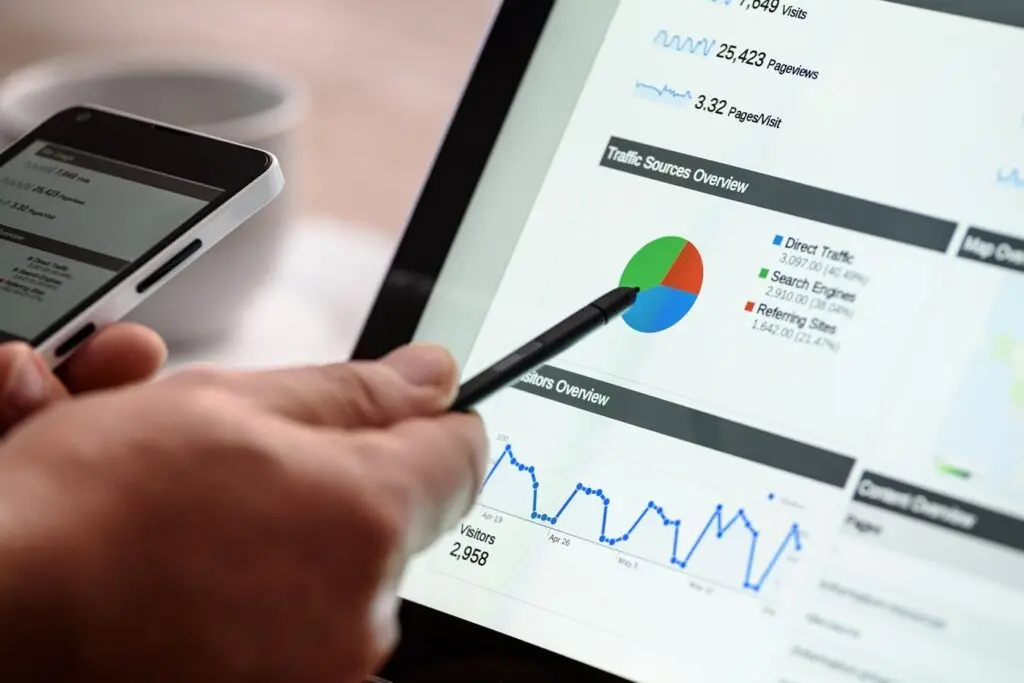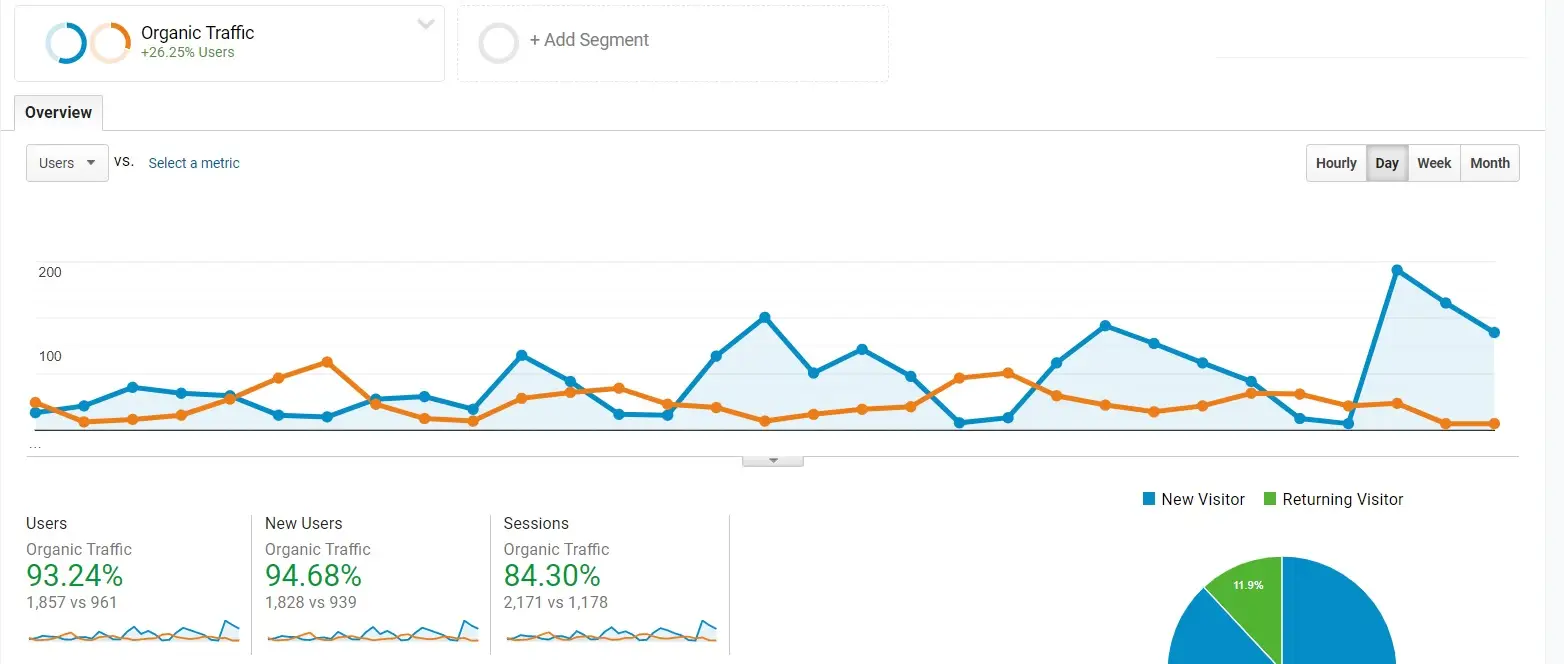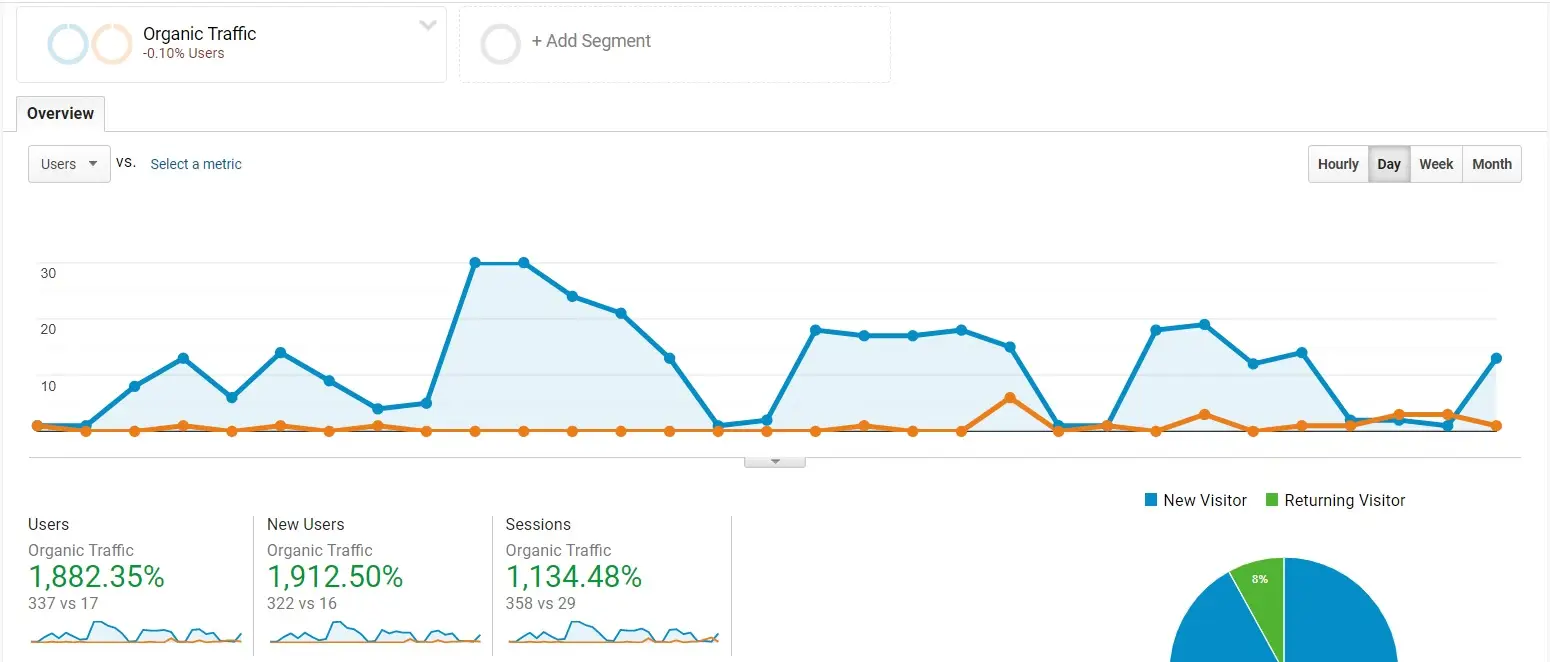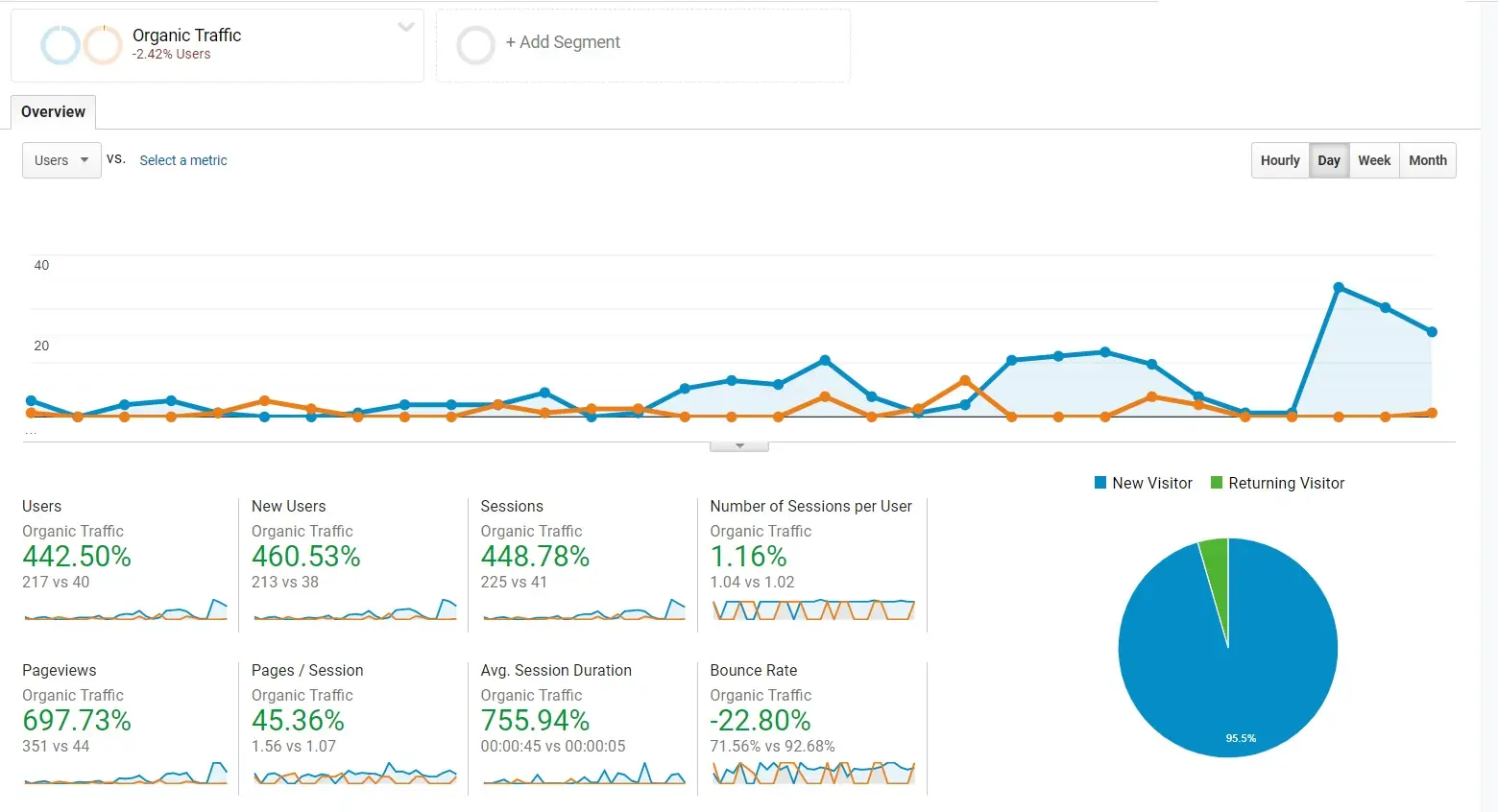SEO Web Up is one of the best SEO agencies. Their SEO strategy helped us greatly improve our search engine presence. I would definitely recommend them.
On page SEO (Search Engine Optimization) is the process of optimizing the on-page factors of a target page. It is one of the most powerful weapons in our arsenal and we use it widely as part of our SEO strategy. When used well on page SEO can be a true game winner.
Search engines use sophisticated text-matching algorithms to display pages that are both important and relevant to each search. By using on page SEO we help search engines by sending them strong signals that your content is closely related to a set of keywords.
There are many on page SEO factors that search engines like Google use and which are discussed below in detail. These on page SEO factors are mainly aimed at:
- Enhancing user experience of the target page, and
- Making search engines associate your content with a certain set of SEO keywords.
Excellent, we are very impressed with the SEO results. Highly recommended.
SEO Web Up has highly skilled and professional SEO consultants. I strongly recommend them. Thank you.
Punye is one of the best SEO Consultants I have known. He and his team have helped us grow our business and we are seeing over 200% more leads coming in every month.
SEO Web Up is the 4th SEO company to work on our website’s SEO and I found the best, especially for our UAE branch. I am very happy with the SEO results. I truly found value for money.
Excellent efforts by Punye and his team, keep up the good work.
I'm highly satisfied with the work that SEO Web Up did for us at a reasonable cost. They're experts at SEO and very professional. Highly recommend them!
Putting our client’s success first
On-page SEO factors
Page Titles
Title tag provides a short definition of your HTML document. It should be used within the head element of all HTML documents. Title tag appears in the search engine result pages and need proper optimization. When your page appears for a search query, the contents of the title tag may appear in the first line of that result. Title tag is what users see in the top left corner in their browser window or their browser tabs. When users bookmark a page or add it to their favorites, the Title tag helps by providing an easy to use heading and later on helps in identifying that bookmark.
Description meta tag
Meta Description tag contains a short summary of what the page is about. Its length can vary from a sentence to a very short paragraph. Google and other search engines might use Meta Descriptions as snippets for pages. Thus they should accurately summarize the page content and should be unique.
Heading tags
There are six levels of heading tags available in HTML. Heading tag helps users understand the content beneath it. As they are more likely to appear bigger than normal text, they are also an important visual cue for users. When used appropriately they not only help in creating a good user experience but also provides a hierarchical structure for your web page. But remember not to overuse the heading tags as this might rather confuse the users as they won’t be able to determine where a topic ends and another begins.
Keywords meta tag
Though the Meta Keyword tag is largely ignored by Google, we recommend that you should still use it. Don’t use it for keyword stuffing but just add 2-3 main keywords. This won’t do you any harm. Who knows, it’s always possible that Google could use that information in the future.
Language Meta tag
If you have a multilingual website use hreflang to help Google serve the correct version of your target page to its users. Add <link rel=”alternate” hreflang= “lang_code” … > element to your page header to tell Google of all the languages and region variants of the target page.
SEO friendly URLs
Always use a simple directory structure that aids in organizing your site’s pages. When creating folders or pages, use words relevant to your content for URLs, instead of using unnecessary parameters, session IDs or extremely long and cryptic URLs that contain few recognizable words. There are three important reasons for this: first, URLs convey information about the content, second, webmasters are more likely to create links to easier and friendlier URLs and third, URLs are displayed in search results.
Navigation
Google likes to have a sense of what role a page plays in the bigger picture of the site. This makes navigation an important element of on page SEO. A good navigation structure also helps users easily navigate through your website, thereby enhancing the user experience of your website.
Ensure that there are no grammatical or spelling errors
Write webpage content using complete sentences that have a proper structure. Follow the rules of grammar and spelling while writing web content. Google reviews such factors automatically and a low quality page would automatically loose its rankings.
Links on your pages
When creating links on a page, make sure to use them wisely. Links can be both internal and external. While internal links point to pages within your site, external links point to pages on another website. Always use appropriate anchor text when creating links. This helps search engines as well as users to understand the topic of the content you are linking to. Use the nofollow attribute when creating links to pages you don’t want to pass your page’s reputation to.
alt attribute for Images
Always use alt attribute for images so that alternative text can be displayed if the image isn’t displayed for any reason. It also helps users with screen readers. The alternate text should be descriptive of the image.
Image Filenames
Instead of using useless filename for images, use filenames that describe your image. Image filenames could also be the main keyword of the target page, but keep it as relevant as possible to the image. As search engines don’t understand properly what’s inside an image, a descriptive image filename can provide important information about the image itself.
Image Formats
Always use commonly supported filetypes, such as JPEG, GIF, PNG, BMP and WebP image formats, for images.
Mobile-friendly pages
Even back in October 2015, Google was receiving at least 50 billion mobile searches every month. And as then Google Search SVP, Amit Singhal said, this trend will just continue upwards. When ranking pages in mobile search, mobile user experience is one of the most important factors that Google heavily weighs upon. Therefore you need to ensure that your website is mobile friendly or else you are bound to loose a lot of search engine traffic. Common mobile usability issues are related to touch elements being too close, presence of horizontal scrollbar, small font size and wrong view port settings.
Use keywords & related words in your content
Think of the SEO keywords search engine users might use to find your pages. Use those words on your target page and this would certainly produce positive search engine results. There is no magical keyword density, but remember not to spam, but still use the main keywords at least few times across the page.
Optimize Page Speed
Make sure your pages are superiorly fast to load as page speed is an important ranking signal. Common page speed issues are related to render blocking external stylesheets which delay the time to first render, many redirects to the final landing page, very slow server response time and heavy images. Make sure that your webpages provide a seamless superfast experience for users.
Social Sharing buttons
There is no denying that Social Media is a great way to get more links. Higher the number & quality of links, better your scope of ranking in search engines. But how can on page SEO help in building your social media presence? Simple, by providing users easy to share links, so that your website visitors share your content in their network, which in turn increases your chances of earning a quality link.
Blog commenting
A healthy comment section helps Google realize that there is a thriving community on a site. In addition it also helps by providing user generated content.



